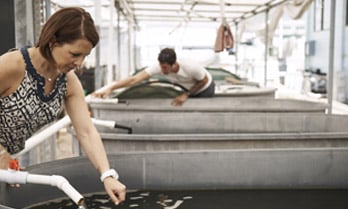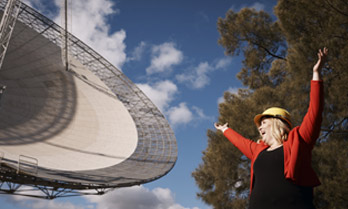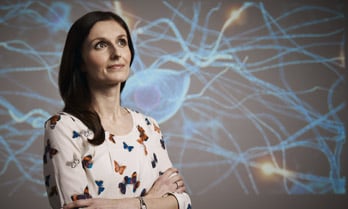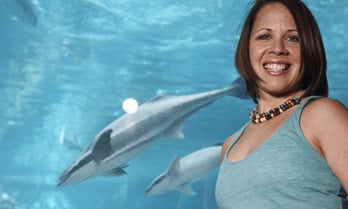







22 January 2025
Dirty carbon and a cleaner future: using microscopic technology to tackle a big problem
When Kaye first moved to Australia, her goal was to become a scuba diving instructor. In typical fashion she literally dived headfirst into all the necessary courses.
The problem was she kept getting distracted. The beauty of the ocean and the sea life that followed her were what Kaye did it for. If life were a form of art, this was it.
You see, Kaye always loved drawing. In fact, before scuba diving, she dreamed of being an artist. As she got older a certain professional pragmatism took over, but in a twist of fate Kaye says there’s still an artistic element to what she does now.
Now her ‘art’ is made using nanotechnology, microscopic equipment that scratches surfaces to induce colourful reactions in certain elements.
Why? In short, it’s about carbon.
Right now, we deal with climate-change inducing carbon emissions by burying carbon under the ground. But this, Kaye says, is a short-term option.
Through her research, Kaye is discovering how we can convert this carbon waste into more useful chemicals. The key is making that conversion process more efficient through the use of solar energy, rather than electricity.
It’s complicated, but Kaye takes it in her stride.
“My research is currently focusing on how we can deliver the full capacity of this nanotechnology to a larger scale, with the aim of a more sustainable future for generations to come. Working with world leading material scientists in Stanford University, I made a big progress, but now using solar energy there’s a lot more to come,” Dr Kang said.